How to Temper Chocolate
Chocolate Chemistry
To get chocolate into this shape you must treat the chocolate gently and respect its crystalline structure. Now chemistry like this is not simple. Think of Newton sitting under the tree and being hit on his head by an apple. Why did it fall – what was the force and can we mathematically understand it. Working with chocolate is best to under its complex chemistry so you understand the results you are trying to get.
Melt Chocolate Experts
Melt chocolates’s chocolatiers are experts on this topic of melting chocolate. We are ‘London’s Most Luxurious Chocolate Company’ and as an Artisan producer in Notting Hill with over 18 years of experience in chocolate – we know a thing or two about chocolate.
In the following section we will answer the following Questions:
How do you melt chocolates without burning it? What’s the best method to melt chocolates, how do the professionals do i? How long does it take to set once it has been melted, how long does melted chocolate take to set? Should you store chocolate in the fridge or a dry cupboard.
But before we delve into the complex chemistry, first we will go with the simple explanation and add complexity depending on your level of interest. Chocolate melts at body temperature – that is one of its most unique and enduring characteristics and the reason for our name: Melt. Because we loved melted or molten chocolate and the fact that it shares the same body temperature as we did – marking it out to be very special food.
Bain-marie:
By far the best method is a bain-marie. We’ve explained that chocolate melts at body temperature. So it only needs gentle heat to become molten and useable.
The best way to apply gentle heat – its via steam directly on a glass bowl. You are not looking for boiling water -just gently steaming water.
- So gently heat the water until it starts to steam.
- Break the chocolate into small chunks – professionals will use buttons as this increases the surface area.
- Place the glass bowl in the steaming water.
- Gently stir the chocolate until molten. It’s generally the steam that actually melts the chocolate.
- Stir until completely molten. Now you have workable and molten chocolate
Chocolate is very sensitive to heat and can easily burn or seize easily. Now each type of chocolate has different melting points so if its milk – it should melt slightly easier and white will have an even lower point at which is become molten. So the amount of heat and the time to become molten varies.
Microwave:
If you don’t want to use a bain-marie – then of course a microwave is just as good.
- We recommend a glass bowl with the chocolate broken into chunks.
- Then 30 second heat burst – take it out and stir.
- Repeat until molten – always using 30 second burst of the microwave before stirring or you will burn the chocolate.
When there only remains a few small lumps left in the chocolate – you can remove it and let the ambient temperature of the chocolate do the rest – creating a silky smooth pool of molten chocolate.
Professional
Professionals will use two methods most commonly – a tempering machine or hand tempering. Chocolate is very sensitive to temperature and we spend much of our day fighting great variations in temperature. Over 20C – chocolate can mottle and bloom. Bloomed chocolate has a whitish coating that can appear on the surface of the chocolate, this is the fat blooming, caused by a change in the fat crystals in the chocolate. The triglycerides in cocoa butter have a lower melting point and are more mobile than other constituents. Bloom occurs through the uncontrolled polymorphic transformation of cocoa butter from a less stable Crystal form IV or V to the most stable form Crystal VI.
Sugar bloom often comes from contact with water. Sugar bloom looks quite similar to fat bloom. You can tell the difference by adding a drop of water to the chocolate. If it’s fat bloom – the water beads up, if its sugar bloom the droplet flattens and spreads.
Water is the enemy of chocolate. Without water chocolate has a shelf life that can extend many – many years. Water or humidity destroys this longevity. This is why we recommend never storing chocolate in the fridge – as there is too much moisture there. Professional use dehumidified fridges which remove all the water vapour. Chocolate is best stored in a dry, stable temperature cupboard or larder.
Hand Tempering on marble:
- Melt the chocolate to 45-50C and tip about 2/3 onto a marble slab.
- Spread it out and constantly scrape until it cools to 27C and begins to thicken. Use a cooking thermometer and avoid touching the marble.
- Pour the chocolate back into the bowl, where you left the remaining chocolate, and mix together. This should bring the temperature up to 29-31C.
- Use the tempered chocolate before starts setting.
- To know if your chocolate is tempered, dip the tip of a spoon and leave to dry on the counter, if the chocolate has solidified after 5 minutes, your chocolate is ready. If the chocolate is still liquid or creamy that means that is not tempered and you will have to start again.
Can I use the same chocolate if the tempering has gone wrong? Yes, you can melt all the chocolate again to 45-50C and start the process again. The only time you won’t be able to use the chocolate is when you go over 55C and the chocolate is burned. To avoid this, melt the chocolate using bain-marie or melt in the microwave 30″ at a time stirring in between each time.


Why gift Melt Chocolates?

All our chocolates are beautifully handmade by our award-winning chocolatiers.
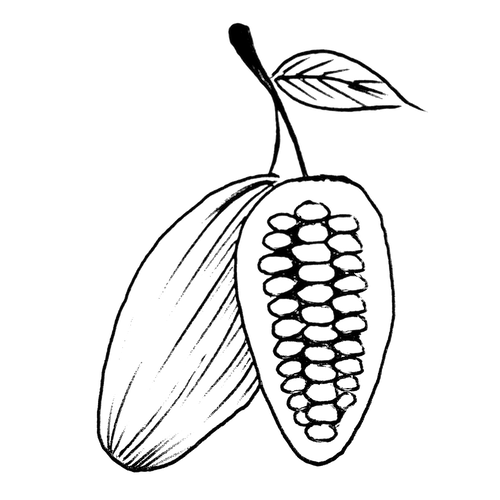
Fresh from Notting Hill using natural ingredients.

Our sublime chocolates stay delicious for weeks.
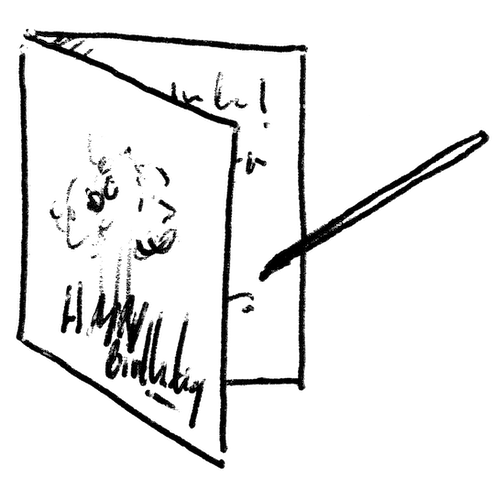
You can add a gift message for the lucky recipient at checkout - personalising your gift.

We beautifully package our orders with care, so they arrive safely in plastic free packaging.
WHY FRESH IS BETTER…
Melt’s chocolates are freshly made in our Notting Hill and Holland Park kitchens by our world-class chocolatiers.
Because our chocolates are fresh, handcrafted and we use the best natural ingredients we can reduce the sugar content, artificial flavours, stabilisers and other chemical preservatives.
This means our chocolates taste sensational-unlike chocolates you have ever tasted before. Fresh natural ingredients are best for taste and for your health.


A favourite in the West End, Melt is a charming and chic boutique that specialises in fresh handmade chocolates, carefully crafted by world-class chocolatiers.
- Evening Standard

From beautifully detailed truffles and chocolates to candied orange slices dipped in dark chocolate, the love, care and craftmanship of all their products is simply outstanding.
- woman&home
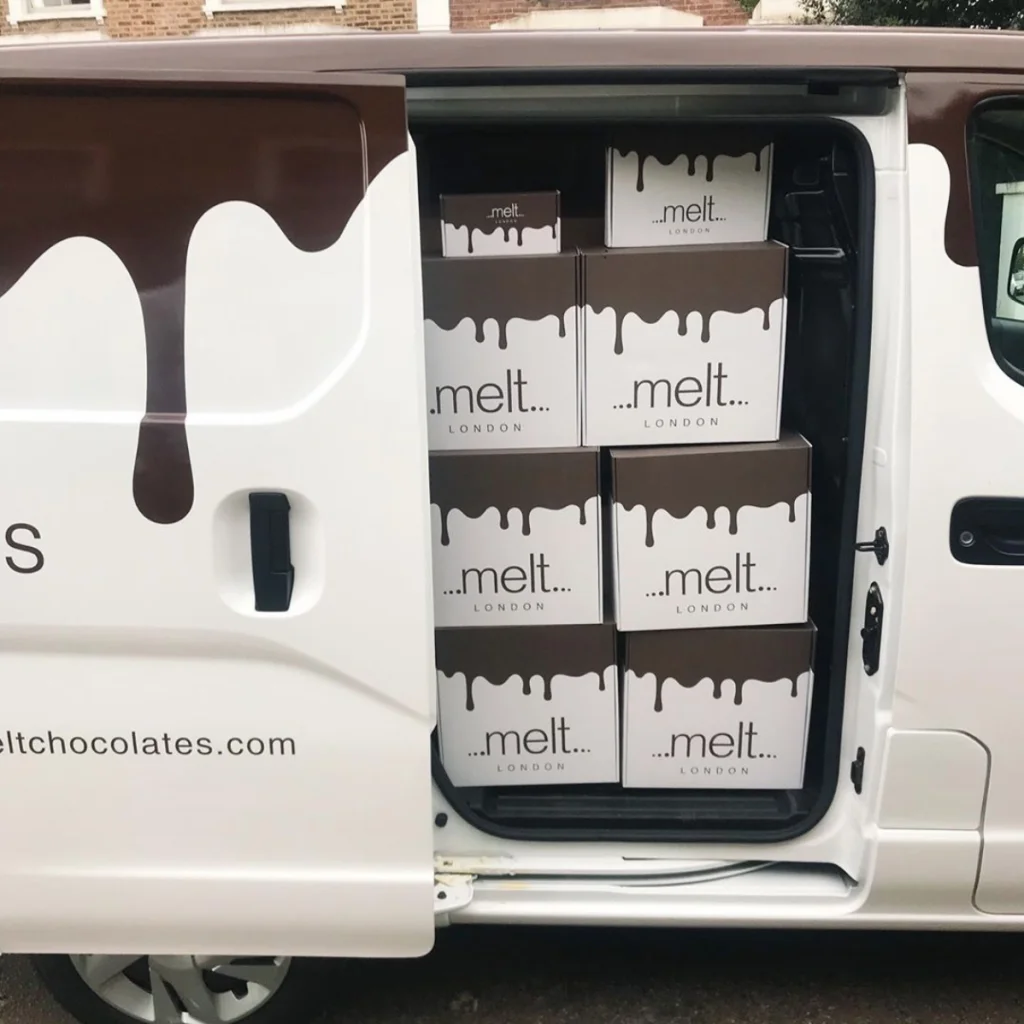
ENVIRONMENTALLY FRIENDLY…
Melt gift boxes are completely plastic-free as we care about our environment and our oceans. Gift a pristine ocean to our children by reducing single-use plastic packaging – Melt has been at the vanguard of this movement for over 15 years. We deliver our online chocolates with an electric zero-emissions van.







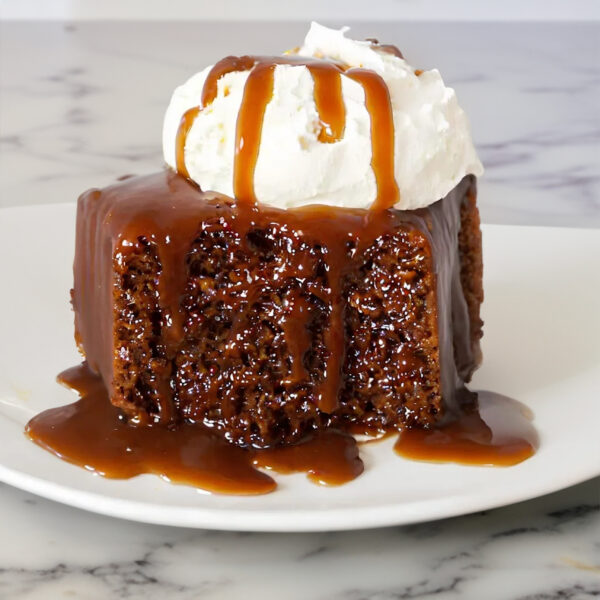
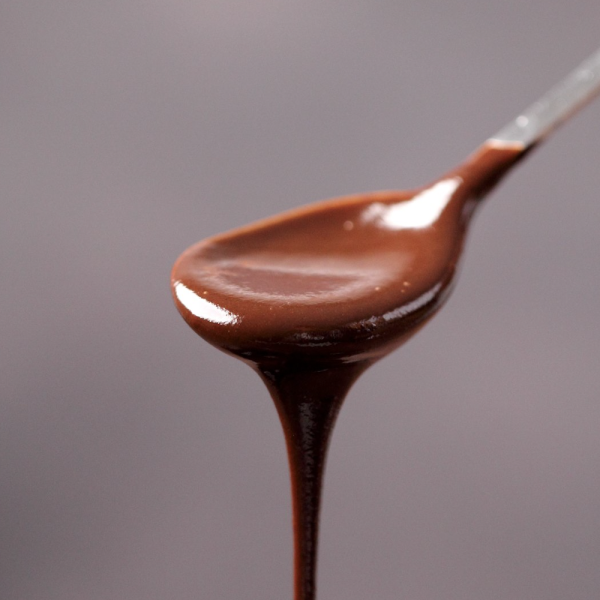
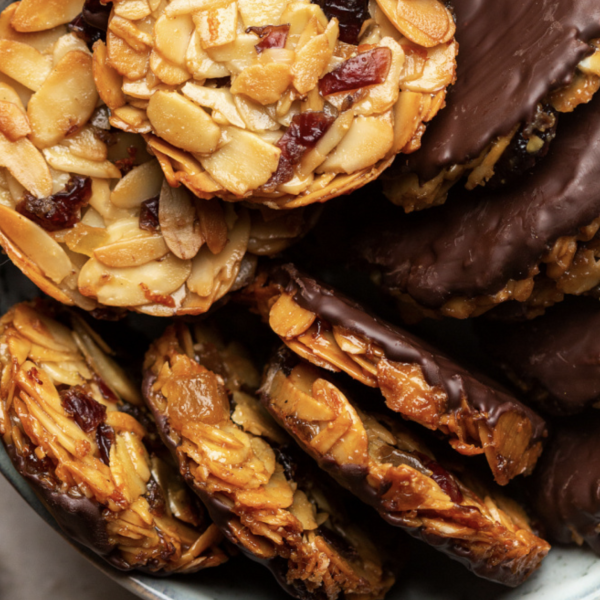
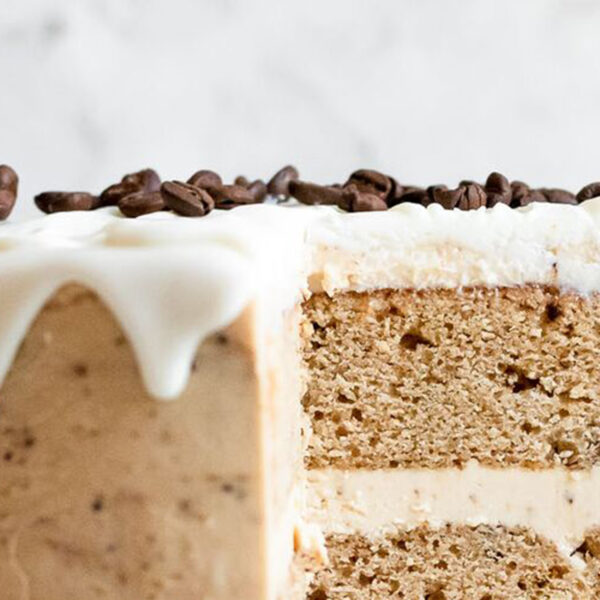


Reviews
There are no reviews yet.